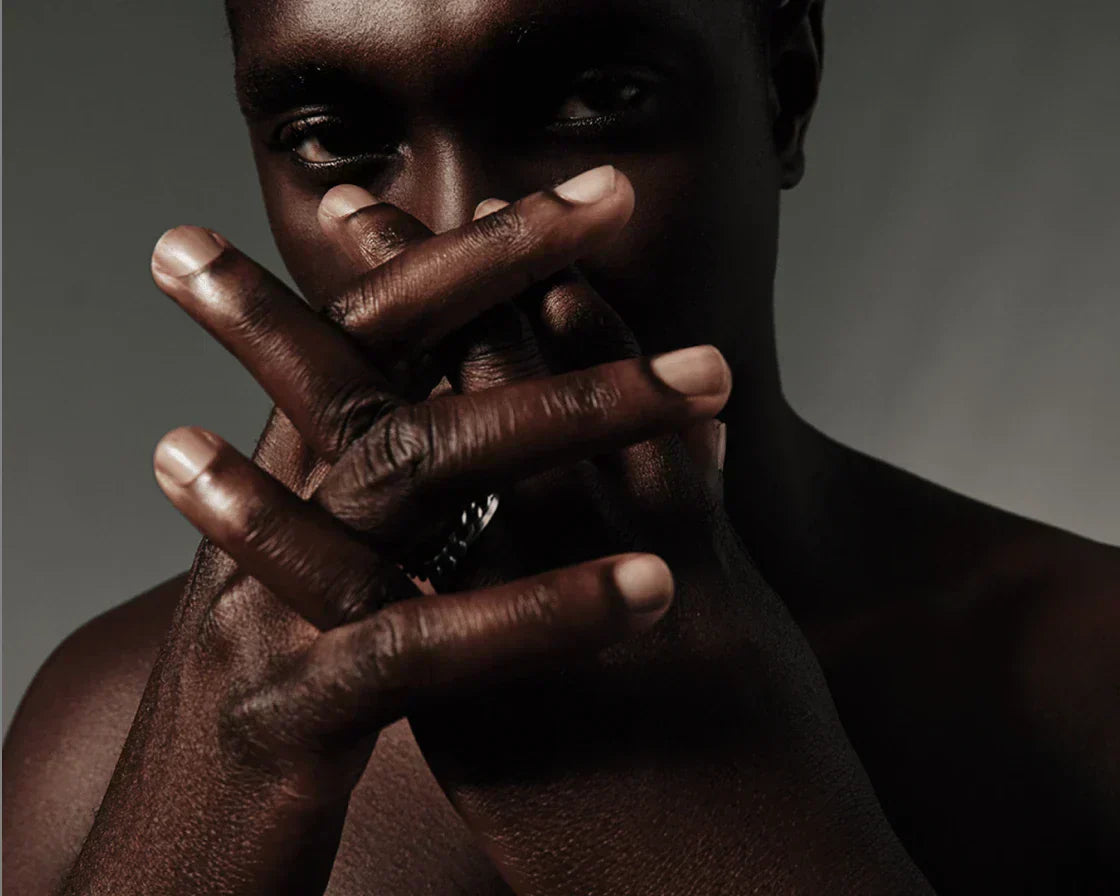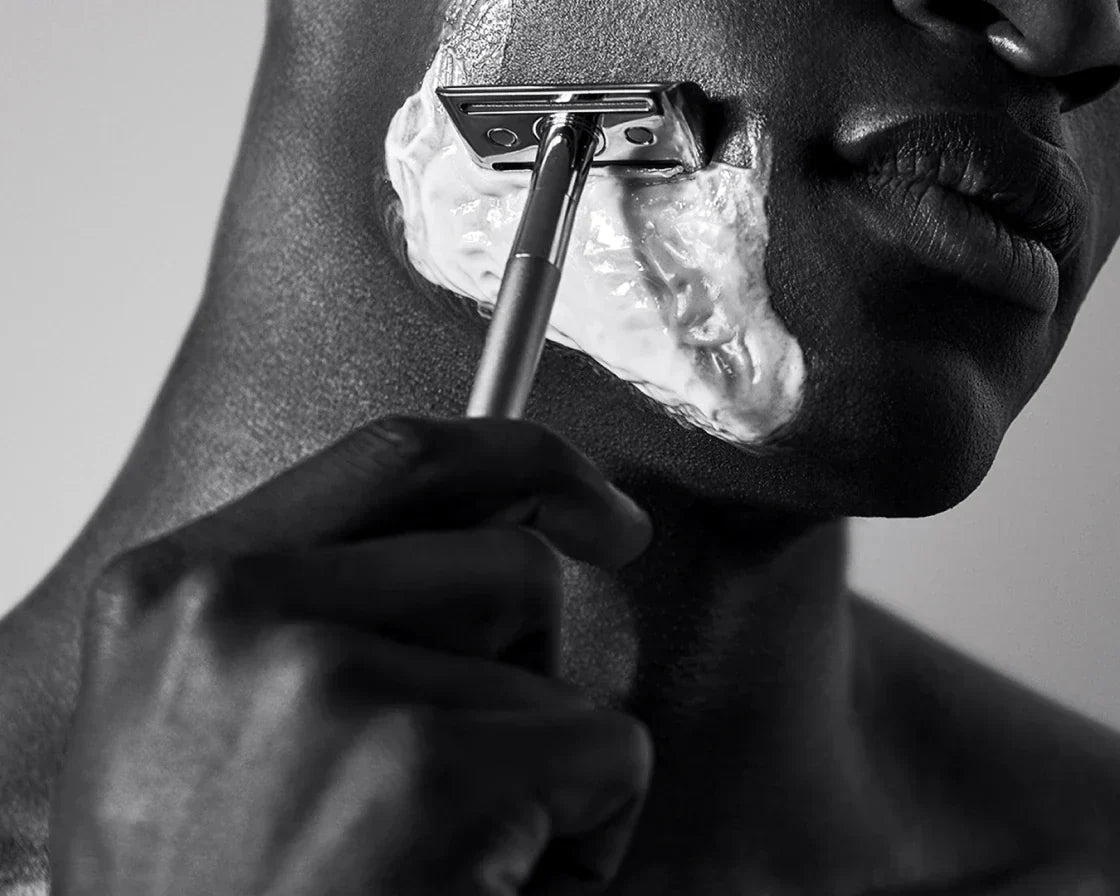Words by Chatel Theagene
There are few things that can knock a man down a peg worse than the look of his hair not meeting his expectations. Whether it’s just the simple lack of knowledge when it comes to figuring out the best products to match your kind of hair, or having to deal with the dreaded push back from a less than stellar trip to the barber. We get it. But often, there are hidden problems that we often don’t see, and a few that require an expert’s take to help diagnose. Truth be told, there’s no need for any man to suffer from most cosmetic woes if there is indeed a cure. We caught up with Dr. Kari Williams, a licensed barber and certified trichologist to talk all things Barber’s Rash. What is it? Where does it come from, and most importantly, how to treat it. For good.
Bevel Code: Barber’s Rash — is this an actual condition? Is it in any way related to pseudofolliculitis barbae [razor bumps] or is it a different bacteria strain?
Dr. Kari Williams: Barber’s rash is the nickname for folliculitis barbae which is different from pseudofolliculitis barbae. Pseudofolliculitis barbae is a result of ingrown hair from shaving. Folliculitis Barbae or Barber’s Rash is a result of the bacteria Staphyloccocus Aureus which infects the hair follicle.
BC: What are the treatments and preventive measures? Where on the body does this typically form?
Dr. Kari: Barber’s rash is a result of poor hygiene. Dirty razors, towels or other tools used to remove hair become breeding grounds for the bacteria when they are used repeatedly without proper disinfection. The best way to prevent the condition is to properly clean and disinfect tools used for shaving or removing hair after each use and using clean linens for every hair cut or shave. The infection can form on the face, neck, head and any where on the body where these dirty tools/items are used.
BC: Can something like shaving every day make matters worse? How often should men shave when they have this kind of irritation.
Dr. Kari: Continuing to shave can irritate areas of the skin that are infected and cause the infection to spread to other hair follicles. The best solution is to stop shaving and seek medical attention immediately. Oral antibiotics are typically prescribed.

BC: Is it possible to contract barber’s rash from a visit to the barber? What’s the best way to deal with the situation. In other words, how can you approach your barber so it doesn’t happen again.
Dr. Kari: Yes, it is definitely possible to contract Barber’s rash from a barber. If they are not properly cleaning and disinfecting their tools in between each client as required by the state they could easily spread the infection to their patrons. I would recommend asking the barber if you can speak with them and inform them that you have an infection. If you are confident you contracted the infection from them because they are your only barber, tell them the infection is a result of dirty tools and it’s possible that he could infect other patrons. Then ask if he could disinfect clippers and other tools in front of you before using them on you. If he doesn’t respond well to the request, you can always file a complaint with your State Board.
BC: When should someone seek professional help?
Dr. Kari: As soon as you start experiencing the symptoms of barber’s rash I recommend seeking professional help from a medical doctor. The sooner you get treatment the better the results.
BC: Is Laser hair removal an option for some men who suffer from Barber Rash?
Dr. Kari: I would not recommend laser hair removal, it may only cause the condition to become worse. Oral antibiotics and other recommendations from a medical professional is best because the rash is a result of a bacterial infection as opposed to ingrown hairs.

